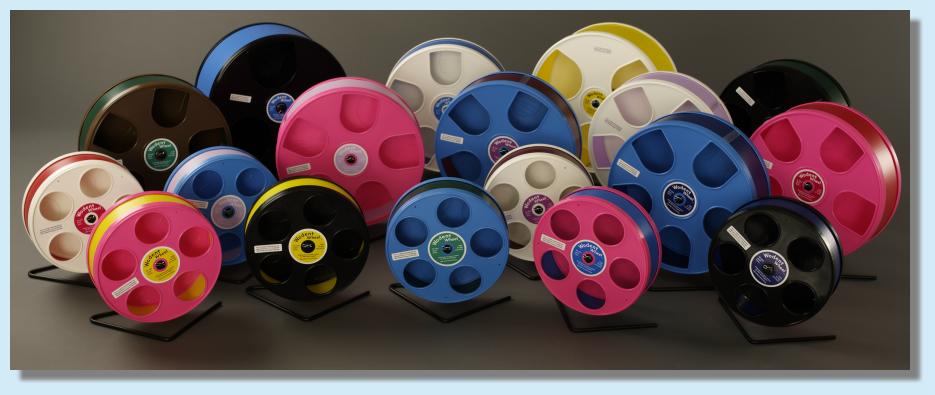One of the current hamster breeds that most hamster owners in the Philippines are craving for. This cute little dwarf hamster is a close relative to the Campbell dwarf hamster, except that it has a rounder face, and shorter ears. This is the only known hamster breed that can be crossed with the Campbell, but it has been said that hybrids of the two are known to develop diabetes.
The coat of the Djungarian (Winter White) hamster is less woolly than that of the Campbell's dwarf hamster,
and apart from the normal colouring, they can be coloured pearl,
sapphire, mandarin, blue, argente, yellow blue fawn, camel, brown,
cream, merle and umbrous
The head length of the Djungarian hamster is 70 to 90 millimetres in
length, the length of the tail is five to 15 millimetres, and the hind
legs are 11 to 15 millimetres.
The body weight changes dramatically throughout the year. It is at its lowest from July to August
. In males, the body weight ranges from 19 grams (0.67 oz) to 45 grams
(1.6 oz), and in females, 19 grams (0.67 oz) to 36 grams (1.3 oz).
In human care, they are slightly heavier. The average lifespan of the Djungarian hamster is one to three years of age in captivity, though they can live longer. In the wild, they are known to live as little as one year.
(Exceprt from
Wikipedia)
It has been said that it is easier to breed Winter White hamsters and that they breed all year round, but I think it still depends on the climate of the country they are in. The easiest way to ship these hamsters is if you buy them from nearby countries, as they have a bigger chance of travel survival. Singapore and Thailand are two of the nearest countries who abundantly sell them.




